-1.jpg)
Adding micro-branches to your bank or credit union branch network is a flexible, cost-effective way to attract younger generations and maintain a strong market presence.
Like many consumer-facing industries, retail banking is in a rapid state of evolution. Digital transformation initiatives and demand for online service have taken clients out of physical branch spaces and into a digital world where they can complete a variety of transactions from almost anywhere.
With this level of change, banks no longer need large branches to provide an elevated client experience. In fact, the average size of a new branch bank today ranges from 2,000-2,500 square feet according to data from Independent Banker; that’s down from a long-term average branch size of 4,000-6,000 square feet. And the footprint is getting even smaller.
But don’t clients need and want personalized service?
Yes! Many clients cite personalized service as the most important reason they visit a bank branch—especially for things like account opening, mortgage lending, business account management, and retirement planning.
If you haven't already thought about ways to attract the up-and-coming generations, it's time to put them on your radar. Gen Z clients are more likely than any other age group to visit a bank branch on a weekly basis. Not only that, but Gen Z and Millennials have said they prefer to visit branch banks because their digital experiences have fallen short of expectations, or they just want to speak to a real person.
So, contrary to some reports, the bank branch is not obsolete?
Not at all. As purveyors of the increasingly popular micro-branch, we at DBSI have years of experience designing and building branches from 150-1,500 square feet in size. In this blog, we will outline five benefits of smaller branch space and why financial institutions (FIs) should consider shrinking their branch footprint to make a bigger impact on clients.
There’s no shortage of opportunities to meet the needs of up-and-coming generations, and micro-branches are a cost-effective solution.
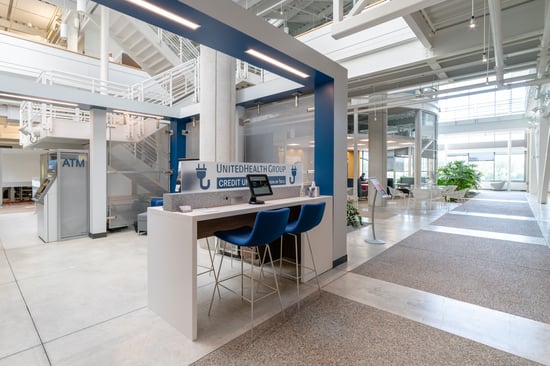
Less Staffing is Required
In traditional banking, average staffing levels often range from 5-8 FTE depending on the business model. After adding up salaries and benefits of all tellers, customer relations representatives, and managers, an FI could easily be spending over $500,000 on annual staffing for front-line branch employees alone.
On the other hand, a micro-branch takes a unique approach to staffing by cross-training employees into advisory roles where they can perform most duties without a manager present. At DBSI, we call this role a Universal Associate, but it’s also known as a Universal Teller, Universal Banker, or even a Relationship Banker.
Because a micro-branch is equipped with self-service technologies and at least one Teller Cash Recycler (TCR), 1-4 employees can easily run it. The TCR eliminates the need for dual control over cash handling, and with self-service technologies, clients can manage basic transactions on their own. As far as salaries and benefits, we’ve found that an FI can realize a savings of nearly $200,000 annually per branch by utilizing the Universal Associate model.
Operating Costs Are Lower
After staffing, your branch operating costs are likely your next biggest expense. But with traffic declining as more clients shift to online and mobile banking, that unused waiting-line space is going to be costly over time. Why not halve that space and open a smaller branch in another location or do a sale-partial leaseback at your current location with a reduced square footage?
With a micro-branch using half the space of a traditional branch, the capital costs of operating it are going to go down significantly, whether your FI owns or leases the property. Not only will utility bills decrease, but the building will boast a lower environmental footprint overall.
The Client Experience Improves
In addition to wanting more personalized service from their FIs, we know that many clients want high-touch interactions for more complex products and services (like mortgages and financial advice). By equipping smaller branches with Universal Associates and self-service technologies, that level of services is entirely achievable.
Of course, saying it is one thing, but then prove it, right? Here’s an example:
Spero Financial of Greenville, SC wanted to continue increasing their brand awareness and break into new markets with stand-out branch experiences. After visiting the Ideation Center at DBSI, they developed a retail-friendly micro-branch plan for their Five Forks, SC location and began building.
visiting the Ideation Center at DBSI, they developed a retail-friendly micro-branch plan for their Five Forks, SC location and began building.
By incorporating cash automation, self-service technologies, and a Universal Associate staffing model into their operating model, Spero Financial was able to deliver clients personalized, advisory-based service while also providing them spaces to complete transactions independently and choose their own banking journeys—with the help of digital signage and interactive screen technology.
“This branch is unlike any other, with a blend of technology and an enhanced member experience.” President & CEO, Spero Financial
Access to More Convenient Locations
If the pandemic taught us anything about commerce, it’s that the economic viability of an area can change significantly when you take workers out of the equation. Although many individuals are commuting to their jobs again, Pew Research Center reported that at least one-third of all workers able to work from home were still doing so in early 2023.
For bigger cities and downtowns, this shift in demographics has had a major impact on sales and profit margins of companies that rely on workers and commuters for business—from landlords and leasing agents to retail stores and service providers.
What’s great about micro-branches is that they are designed with flexibility in mind. Because space needs aren’t as large, it’s possible to relocate them closer to where clients live and work, such as inside grocery stores, strip malls, and corporate offices.
In essence, when FIs build smaller and with mobility in mind, decision makers can choose from a variety of location options and cater to the market environment as needed. If there’s a change in market dynamics, the physical elements of a microbranch can be relocated to another geographic location.
Increased Speed to Market
When it comes to building a larger branch, you likely already know that from planning and approving to permitting and final construction, the project timeline can reach 24-36 months. Fortunately, with micro-branches requiring less material, labor, and sign offs, a tenant-improvement (TI) micro-branch can typically be completed in 6-12 months.
America’s Credit Union in Dallas built a micro-branch in even less time, and here’s how they went about it:
With the help of DBSI, the credit union leveraged some existing space in their corporate headquarters and chose to build a ready-to-go solution called JunXion, which is a modular micro-branch with movable millwork and technology.
Overall, this 160-square foot, two-employee micro-branch was a huge success. Not only was America’s Credit Union able to get the branch up and running quickly, but they were able to reimagine the member journey through the build and re-engage their brand and vision for their FI.
Small Spaces, Big Steps Ahead!
As the nature of retail space changes, it will be more important than ever for financial institutions to evolve and provide clients the inclusive, technology-rich experiences they expect when they visit branches. And by reducing square footage, choosing location strategically, and focusing on advisory-based service, your FI can set branches up to meet the future needs of all your clients.
For more information on shrinking the branch footprint in your network or building a new micro-branch, please reach out to us by calling 1-855-ASK-DBSI or filling out our online form.
Together, let's bring the vision for your future to life!
Through DBSI’s carefully curated professional service programs, we can help shift your staff’s culture, processes, job descriptions, and so much more.

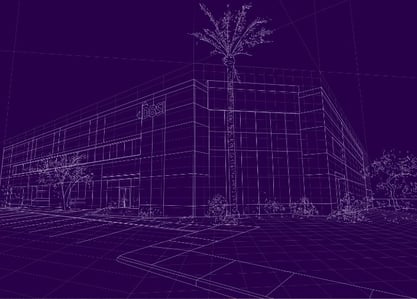












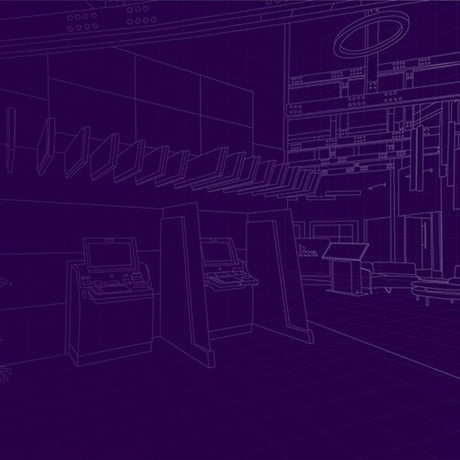
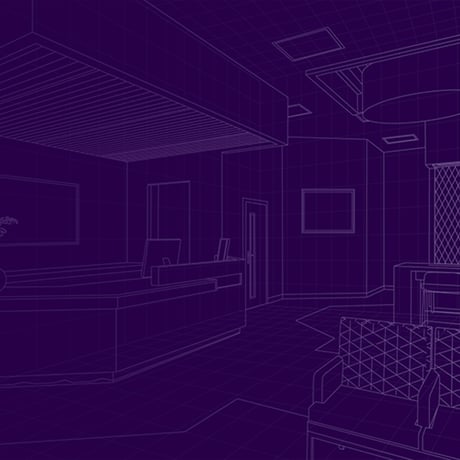

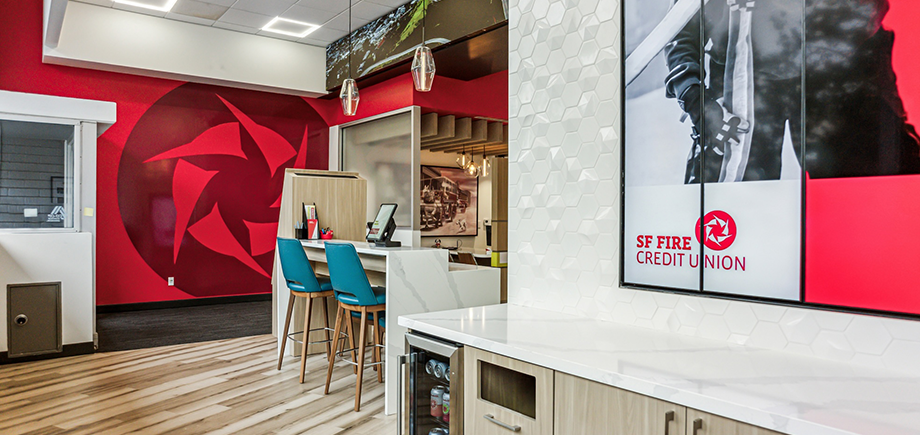
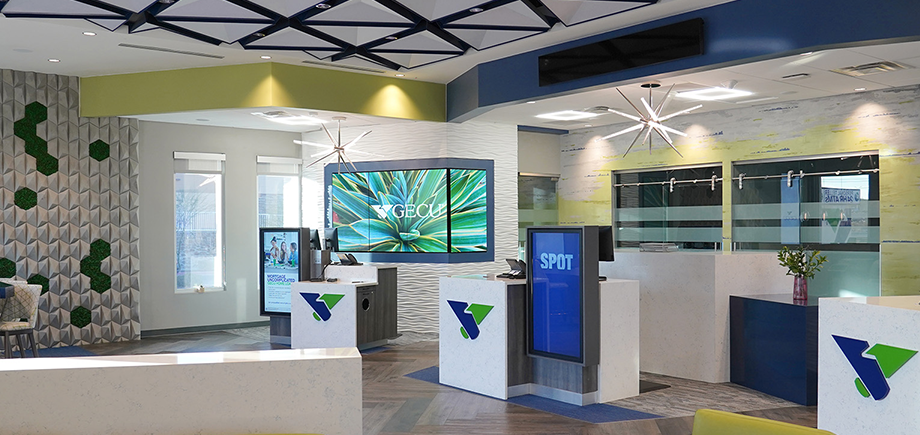





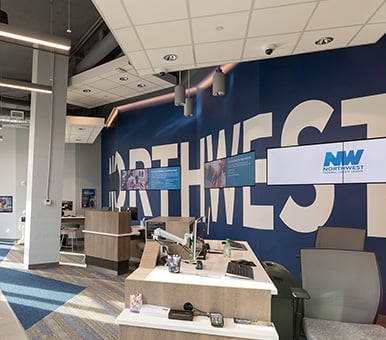
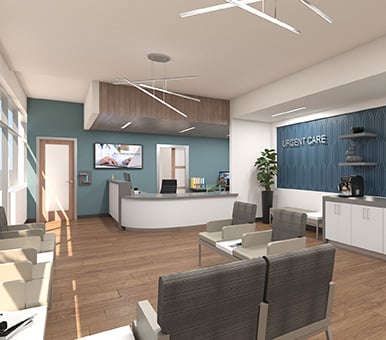









 Jared Jones
Jared Jones
-1.png)
-4.png)
